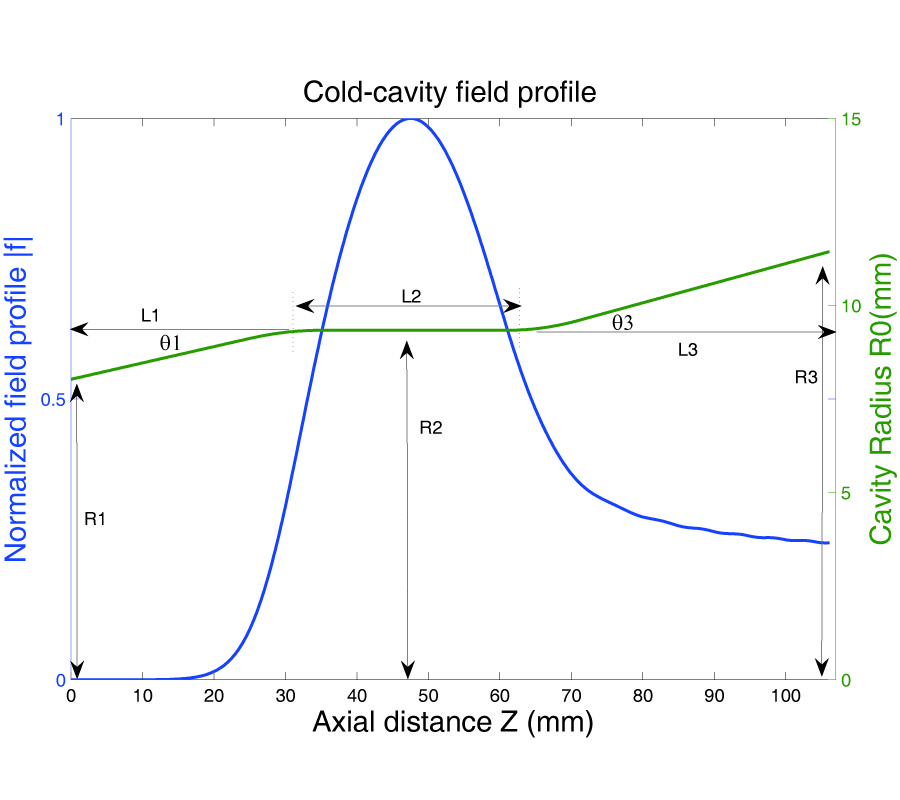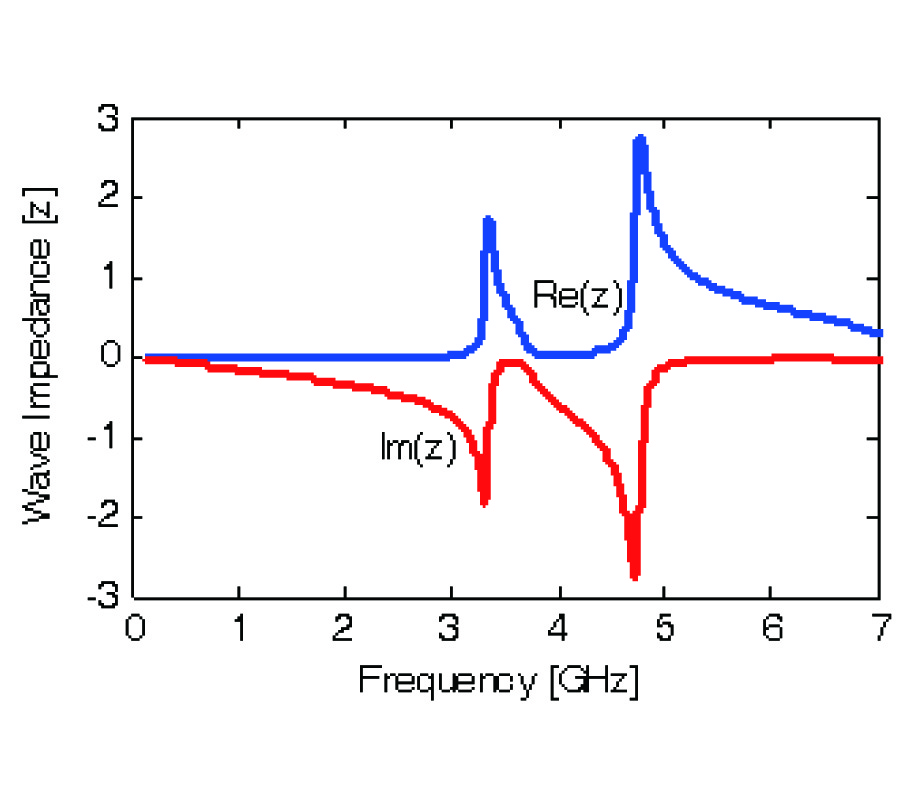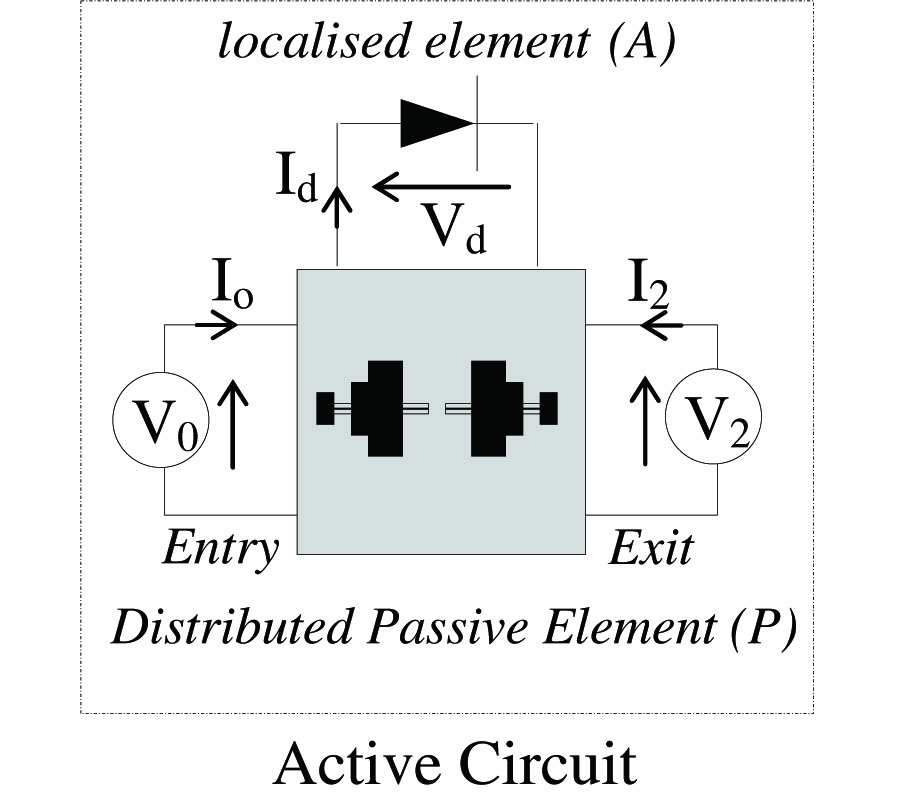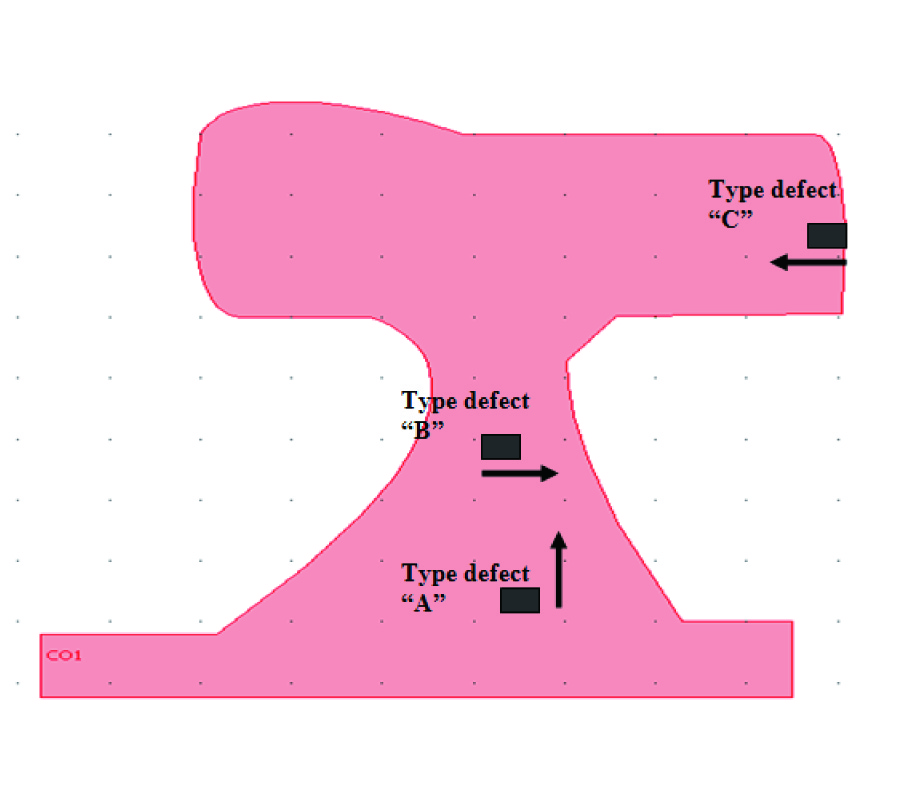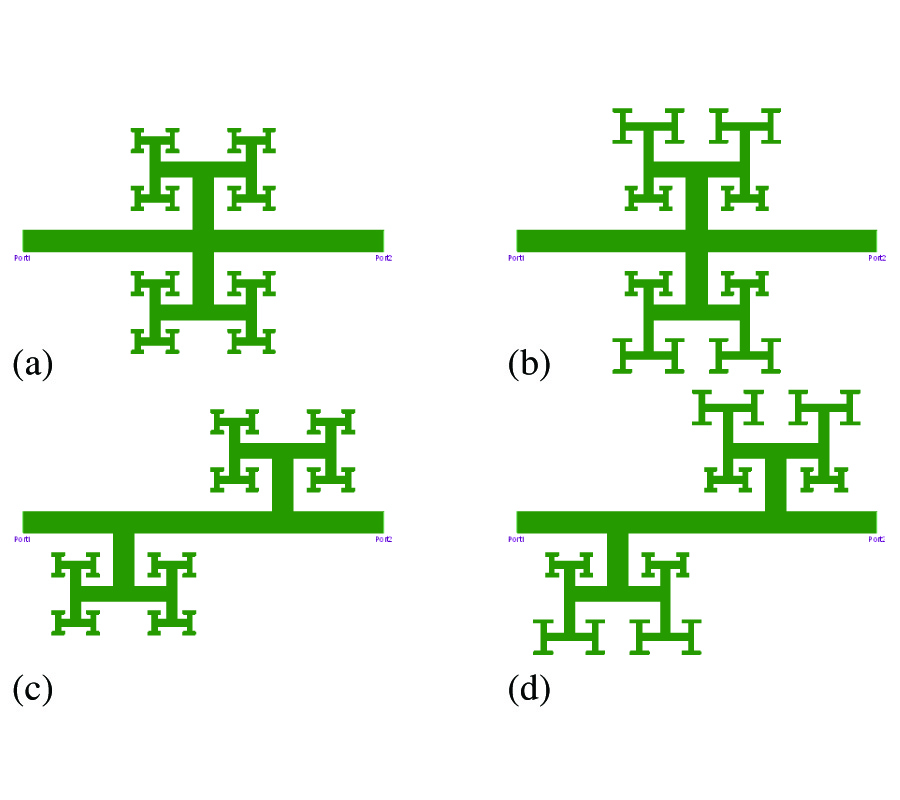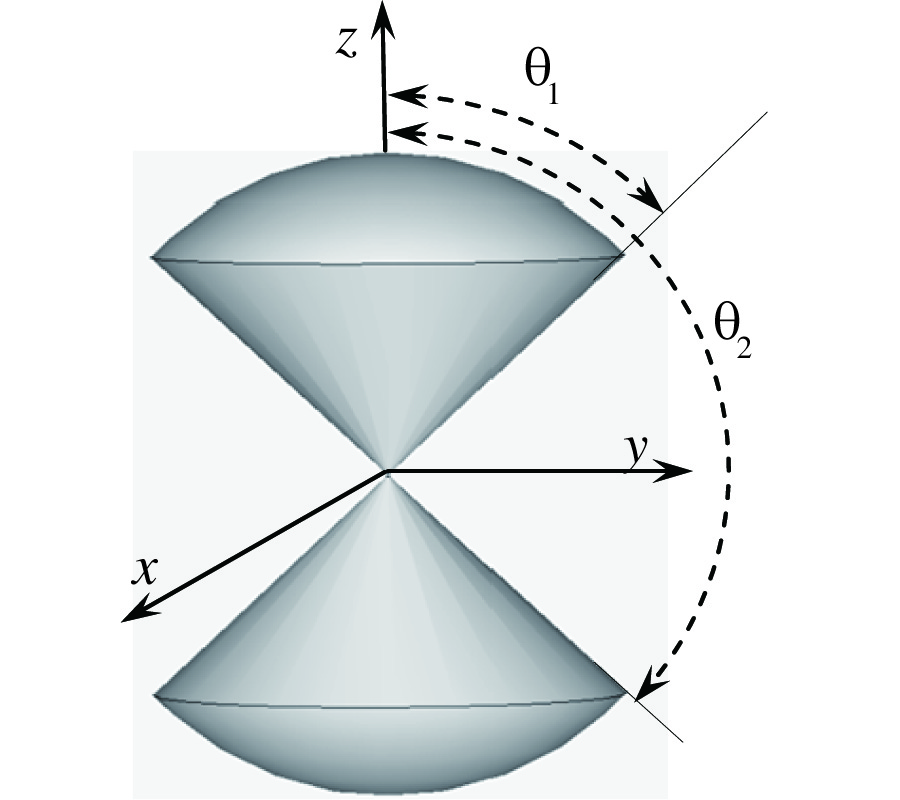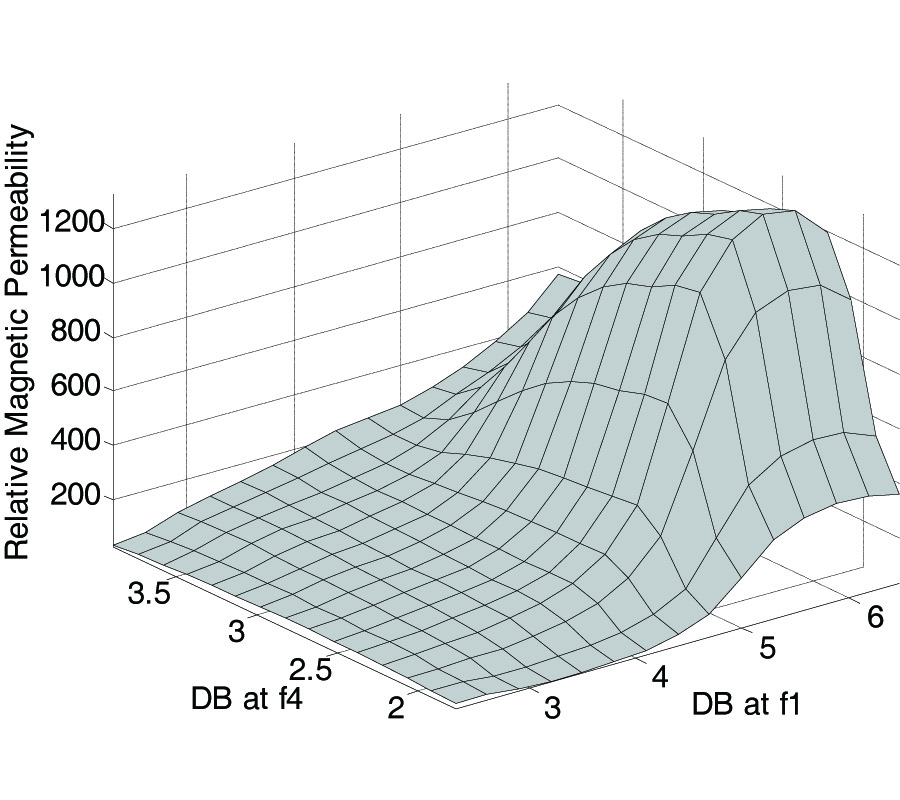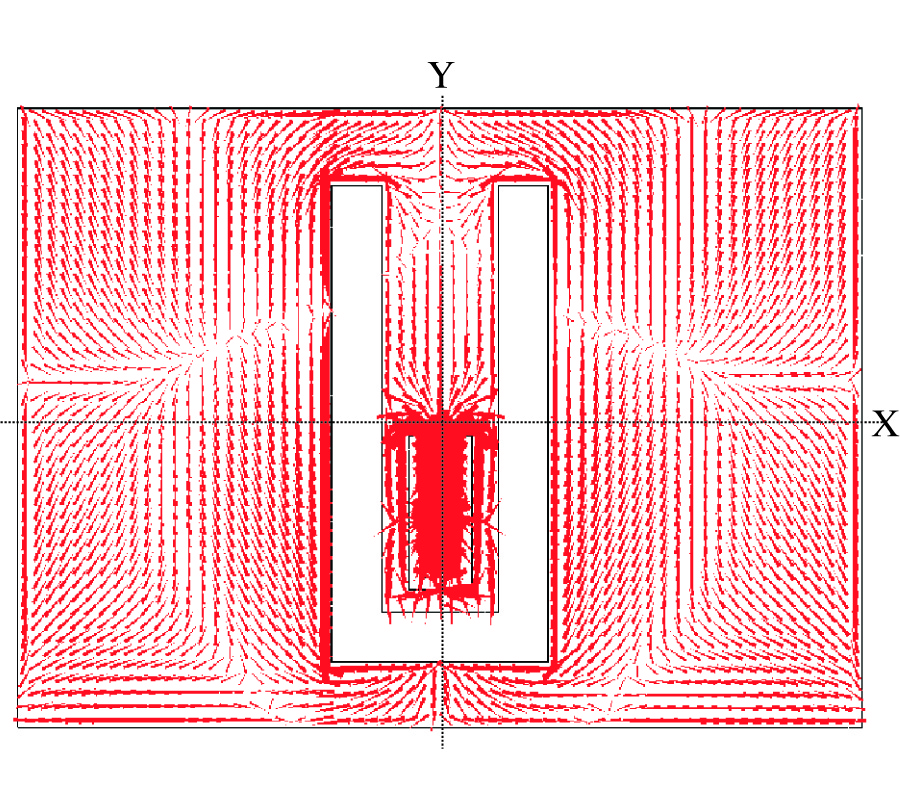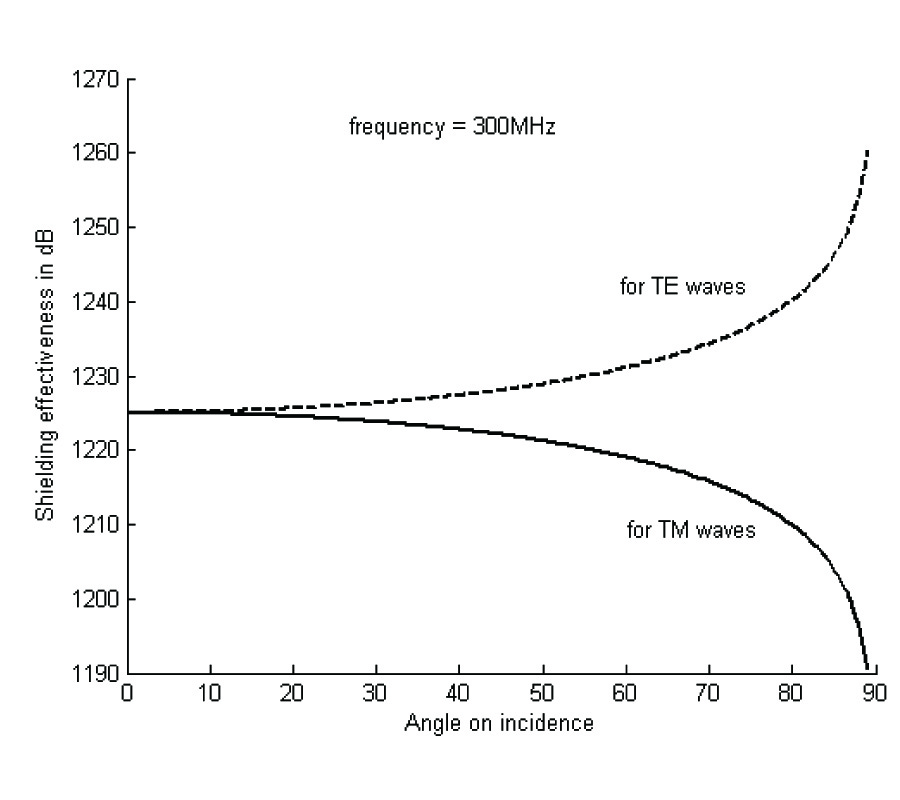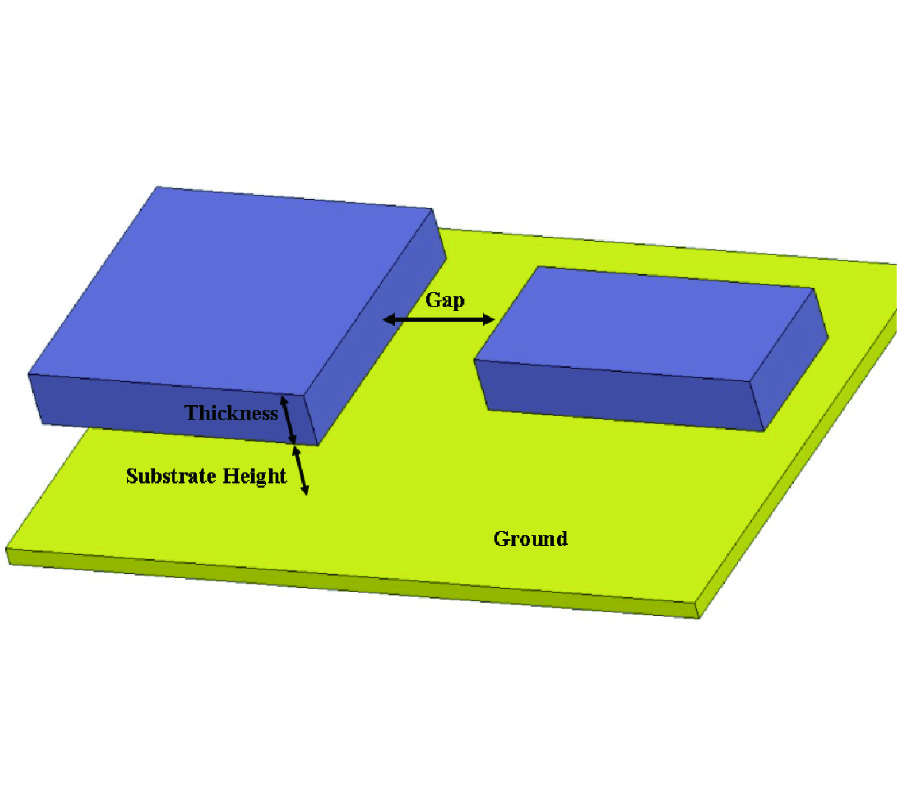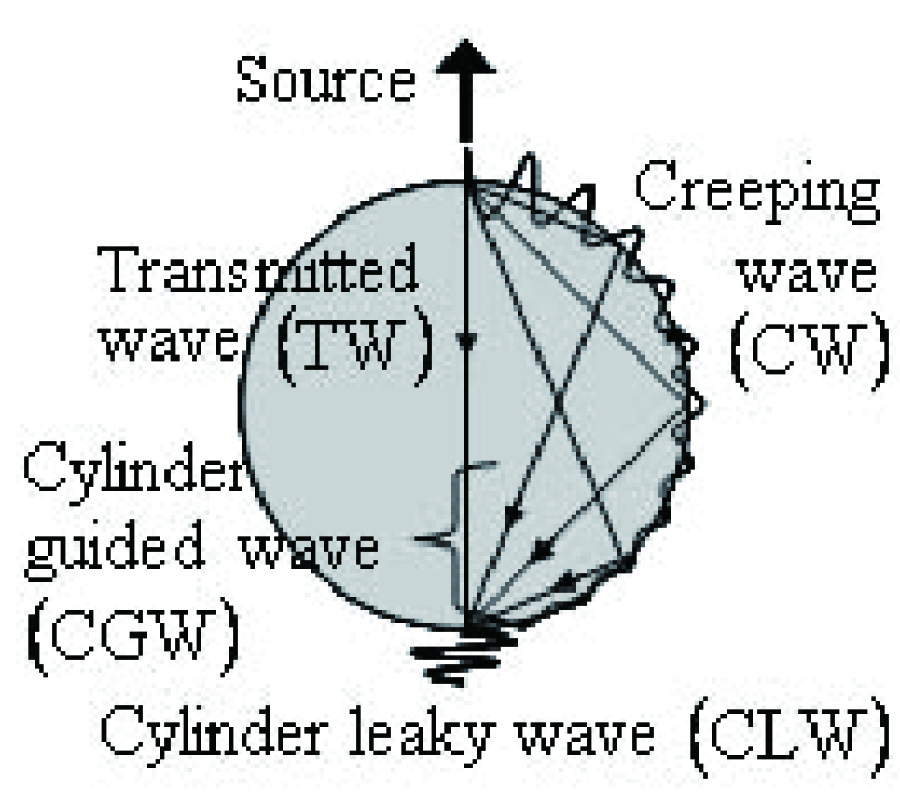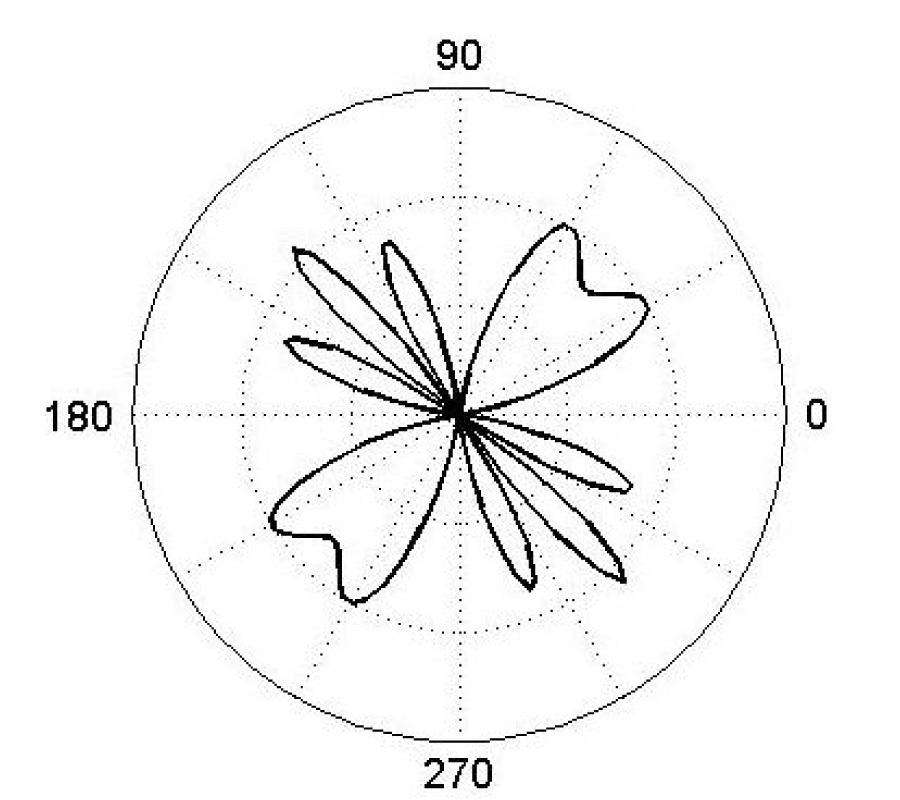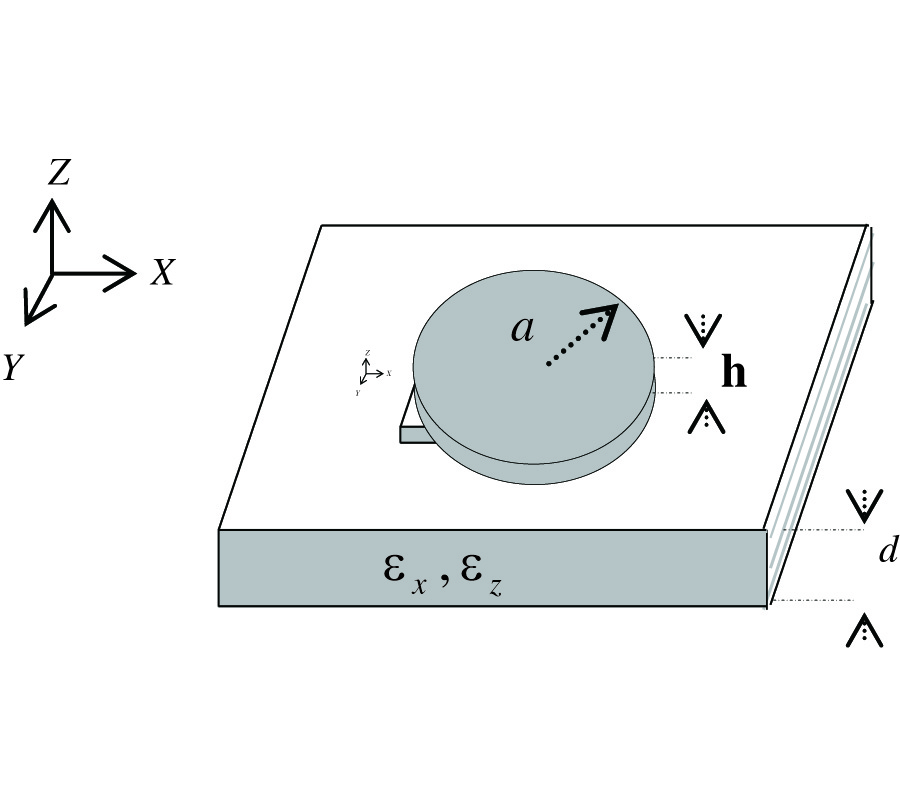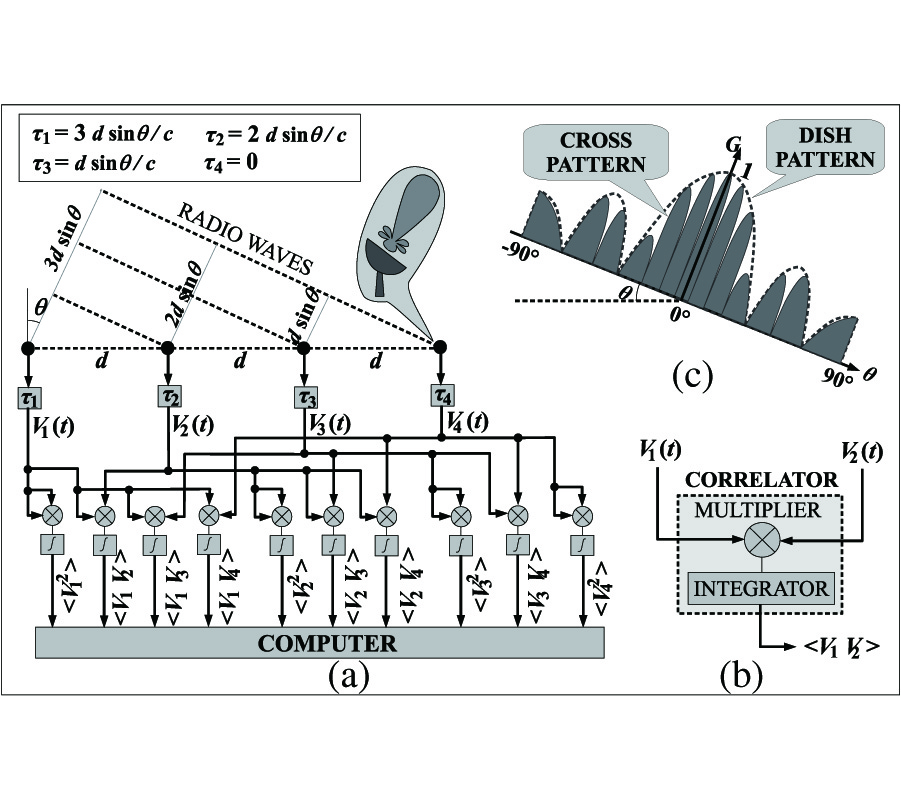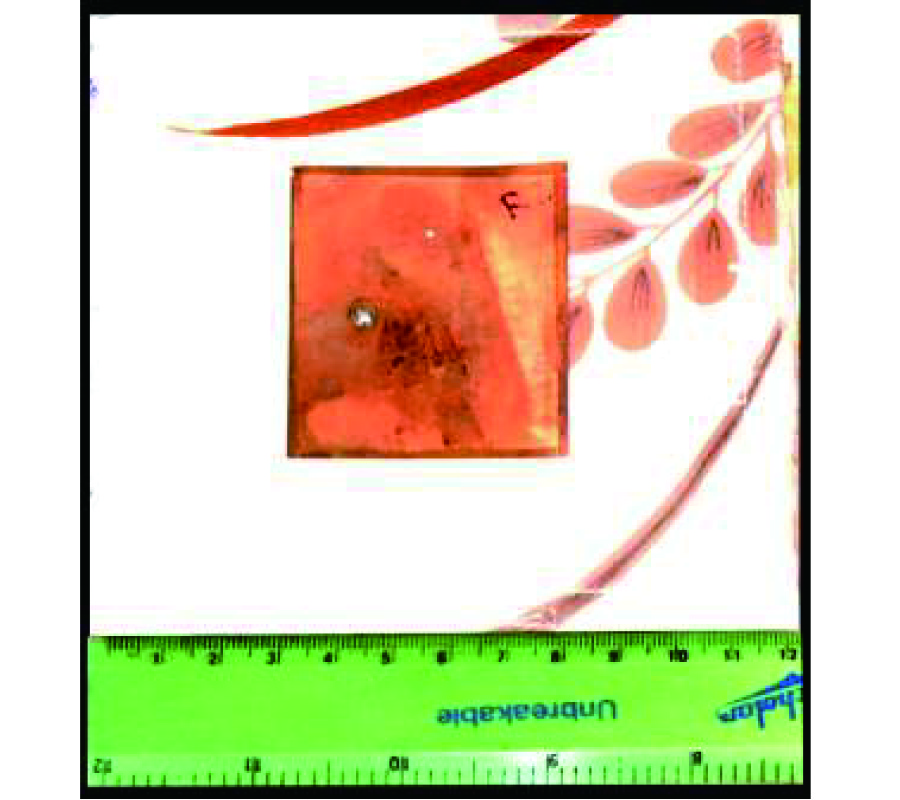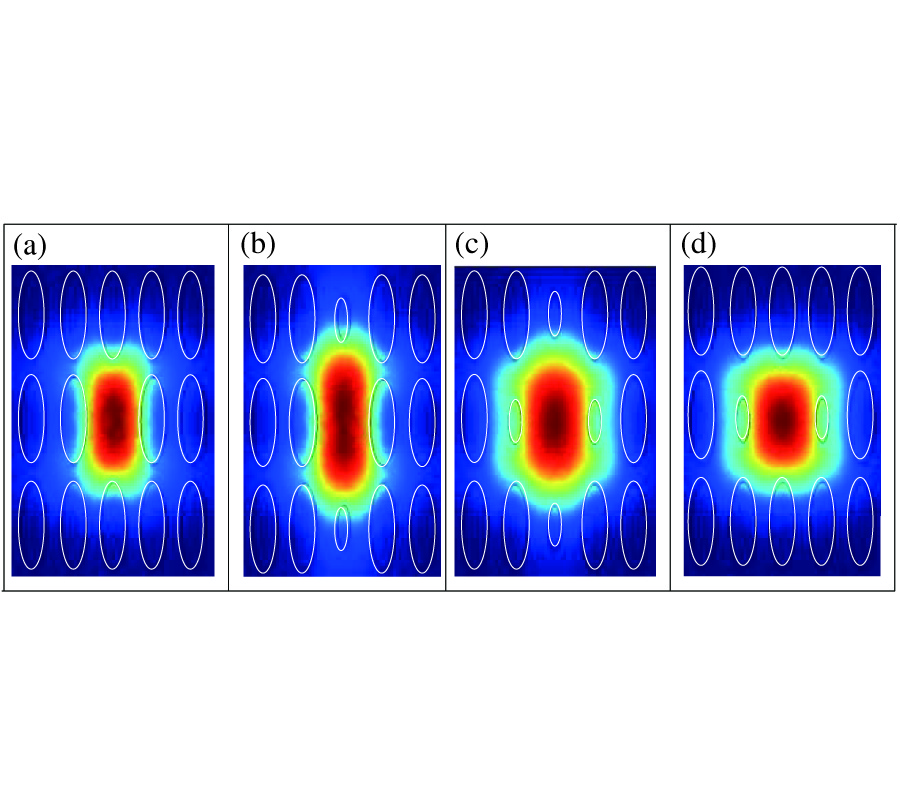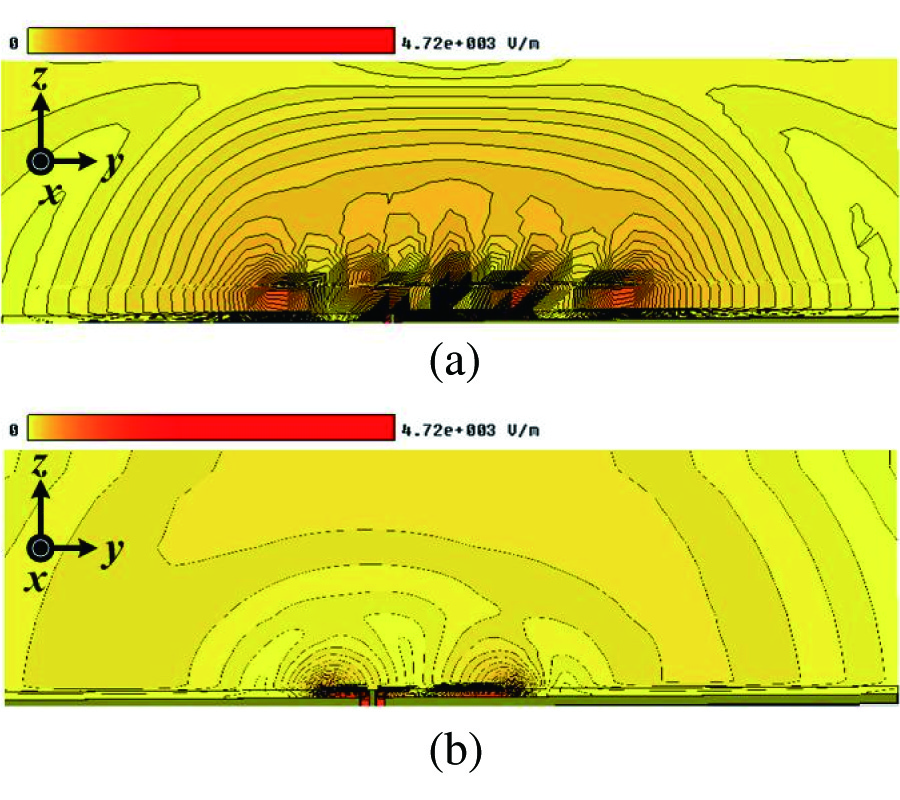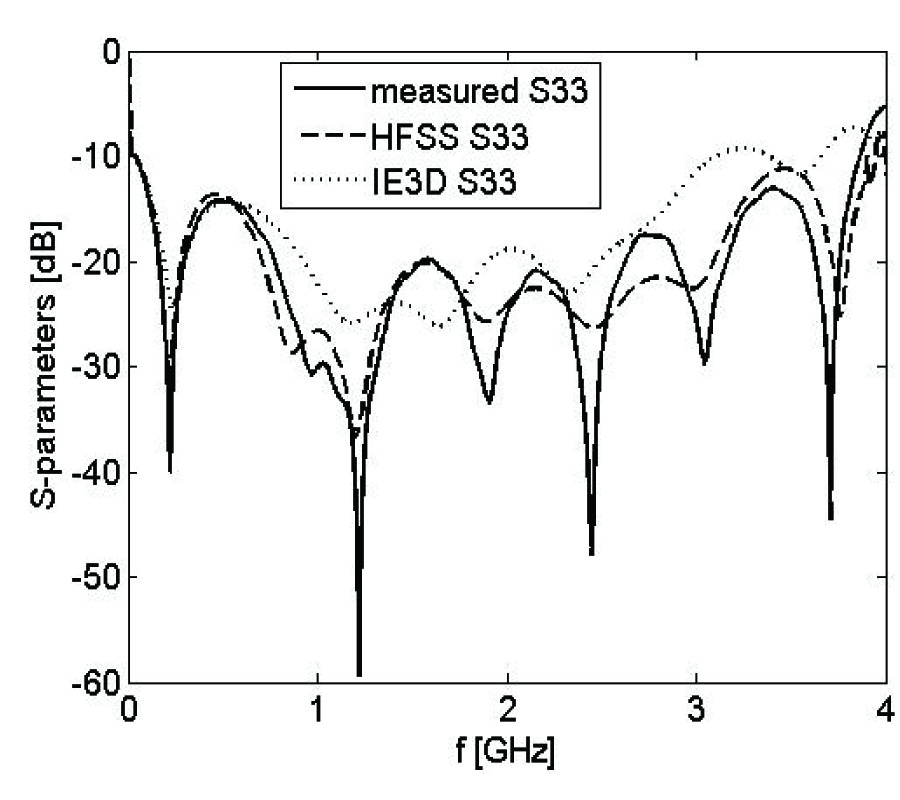Radio Astronomy and Super-Synthesis: A Survey
Shubhendu Joardar,
Somak Bhattacharyya,
Ashit Bhattacharya and
Chira Ranjan Datta
Radio astronomy has a wide electromagnetic spectrum. It is based on antennas, electronics, software etc., and thus highly technical. The radio data obtained from distant objects like stars, galaxies, pulsars etc. are useful for studying the Universe. Many of the radio emissions, especially from the Sun have been studied over decades for understanding the ionosphere and its effects on radio communication. Untill now, this subject of radio astronomy has found its existence among those who are associated with astronomy and possessing at least some knowledge of RF engineering. A requirement of a review literature on this subject with technical details is felt by many working engineers and scientists. It is thus proposed to write a series of articles covering the subject from both engineering and scientific angles. This paper is the first of this series. It focusses on the foundation of this subject and briefly describes the supersynthesis technique. Overview of various concepts like cosmic radio signals, continuum, synchrotron emission etc., general instrumentation for radio astronomy, imaging techniques and radio interference have have been presented.
